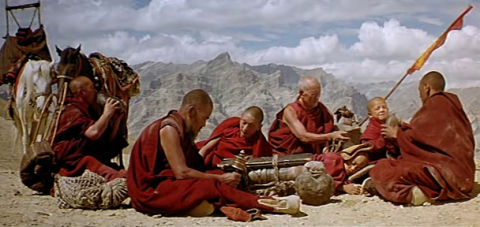I must confess that before I first saw The Kennel Murder Case, I had never heard of the character Philo Vance, and even after seeing the film, it was years before I realized that this was a recurring and well-known character. Well, live and learn. One day I may actually read one of the original novels with the character.
The film begins at a Long Island dog show, where, amongst many other dog owners, Philo Vance and Archer Coe exhibit their dogs. The following day, Coe is found dead. The police suspect suicide, but Vance is convinced that the truth lies elsewhere, and cancels a planned trip to Europe in order to investigate the case. It turns out that Coe was not a very well liked man, and many have reasons for wanting to see him dead. Vance starts to investigate the case from many different angles.
The Kennel Murder Case appears to have been the fourth and final time that William Powell played the role of Philo Vance. At least one of the previous films, The Canary Murder Case (1929) is available from the Internet Archive. In addition, there are some old radio episodes available with Philo Vance.
This film is best enjoyed by fans of whodunnits. This is a thoroughly pleasant film with good actors, good photography, and just the right amount of plot twists. If you want to explore Hollywood film from the 1930s, this is a very good place to start.
The Kennel Murder Case
Download link
Year: 1933
Running time: 1 h 13 min
Director: Michael Curtiz
Stars: William Powell, Mary Astor
Image quality: Good
Resolution: Medium (720×480)
Sound quality: Good
Best file format: MPEG4 (680 M)







